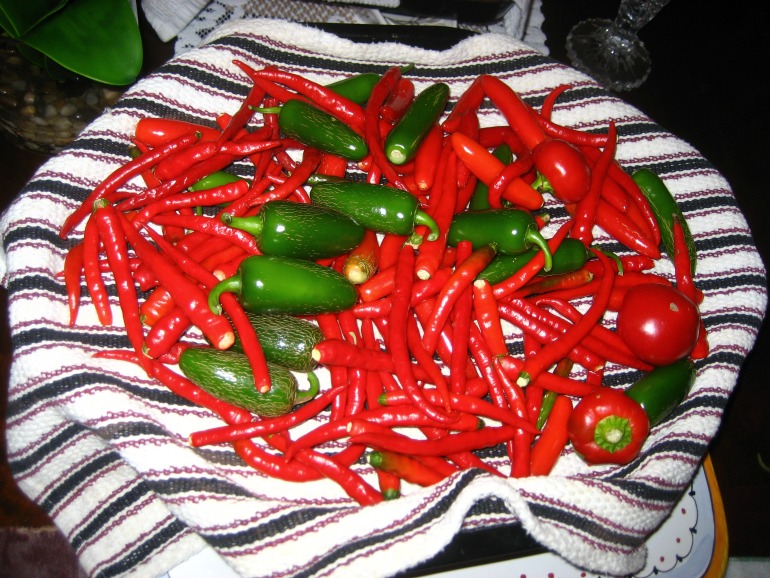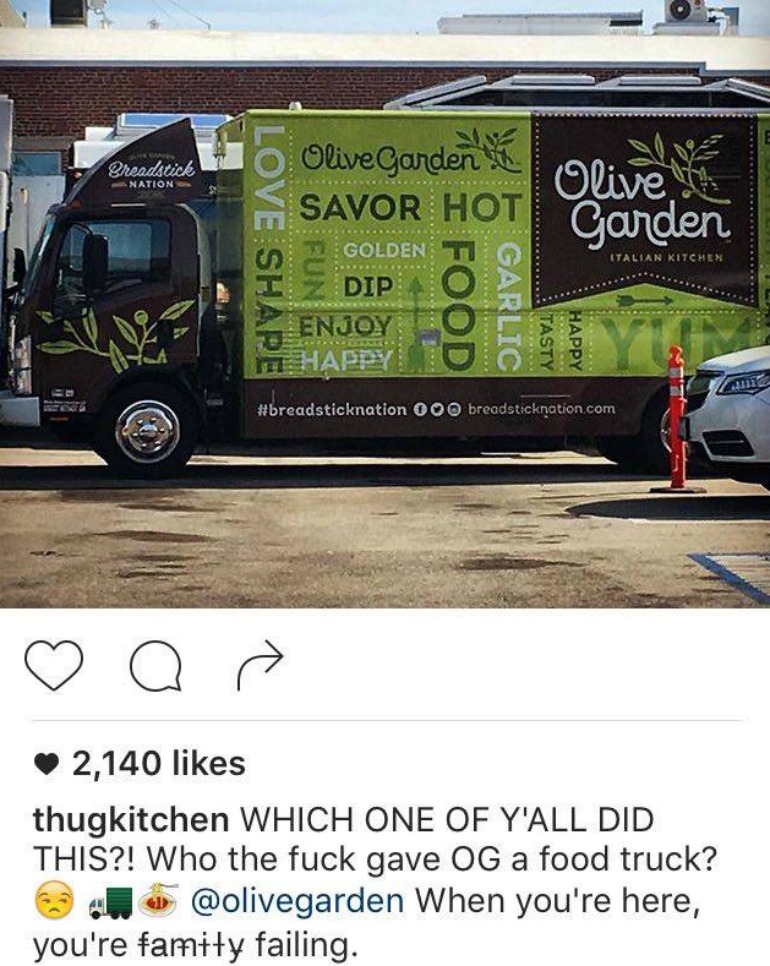You’re sitting on the curb gazing up at the Duomo di Firenze; somewhere nearby a Vespa rests against a terracotta building and you hear Manolos clacking on the cobblestones, their wearer eager to beat the tourist crowds at the leather market. You take it all in, finally taking a bite out of a panini from Pino’s, with the fresh sun-dried tomatoes adding texture to the salty prosciutto. And you realize with one gulp and one look around, that this is the Italian food you’ve been waiting for.
Nine months ago, eating a panini with Florence as my backdrop, finally experiencing Italy firsthand was when my heritage really hit home. It dawned on me how little America had been exposed to the real culture, especially the real food.
Granted, America is America and Italy is Italy. There are types of cuisine you can get in each country that are interpreted differently. You probably don’t hop off the plane in Rome jumping up and down for the world’s best barbecue.

Photo by Rebecca Poole
However, it’s not just about a chef’s level of expertise, but the historical significance that can turn a D- dish to an A+. I was lucky to grow up in a family half Italian and wholly committed to passing down traditions both food related and not.
It taught me a lot about the importance of staying close to the roots you came from and just how much that can impact how you look at food. Like the fact that no restaurant in the world can beat a home-cooked meal. And that in many ways, American restaurants have it all wrong when it comes to Italian eats.
I’ve been to a few really solid Italian restaurants here, so I don’t want to generalize and say they all suck. But the problem is the places and chefs that get the most recognition are the ones doing it all wrong. Olive Garden, sorry, but I’m looking at you.
Case in point, this caption gets it:

Photo courtesy of @thugkitchen on Instagram
It isn’t fair to put all the blame on the Olive Garden – I’m sure some of you have had some good times there. But it is giving Americans a false sense about original Italiano dishes. Particularly people who have little or no Italian background. When all you can taste in a pasta dish is garlic, it isn’t even close to the real deal.
If the Olive Garden advertised as an “American Watered Down Version of Classic Italian Dishes” instead of “We Are The Next Best Thing to Buying a Ticket to Florence,” it wouldn’t be such an issue. But now people think garlic breadsticks and Fettuccine Alfredo are authentic, when in reality, neither were present on any menu out of the six cities I visited in the boot-shaped country.
The other half of the narrative that people are missing is something The Washington Post put best: “We want ‘ethnic food’ to be authentic, but we are almost never willing to pay for it.” As mentioned earlier, there are some pretty decent Italian places around me, and for that matter, across the country, owned by families who carried their roots on their hardworking backs across the Atlantic. (Little Italy, anyone?) But nine times out of 10, you gotta pay for it. And people just don’t want to.

Photo by Rebecca Poole
With the internet, it’s easier than ever to look up how to make homemade pasta from scratch, sauce that makes Ragu look questionable, and antipasto worthy of your very own foodstagram account.
But fresh ingredients will always cost more than canned this or that, which in turn makes us resort to knock-offs and fast food. But it’s always worth forking up a few more dollars. Forcing yourself to dip your toes in a different culture expands your knowledge of what makes great food great.


